A triangular plate has two cavitiesone triangle and other rectangle. The plate is heated :
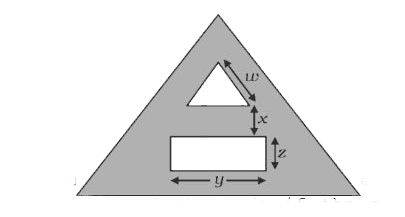
x increases, wzy decreases
xwzy all increase
w, z, y increase, x decreases
information is not sufficient
The correct Answer is:B
Solids (isotropic) expand on heating irrespective of holes in it.
Topper's Solved these Questions
- PROPERTIES OF MATTERBook:VMC MODULES ENGLISHChapter:PROPERTIES OF MATTERExercise:Level -2
Explore 50 Videos
- PROPERTIES OF MATTERBook:VMC MODULES ENGLISHChapter:PROPERTIES OF MATTERExercise:JEE Main (Archive) Level - 1
Explore 48 Videos
- PROPERTIES OF MATTERBook:VMC MODULES ENGLISHChapter:PROPERTIES OF MATTERExercise:JEE Advanced (Archive) Level - 2 (MATRIX MATCH TYPE)
Explore 1 Video
- MOVING CHARGES & MAGNETISM Book:VMC MODULES ENGLISHChapter:MOVING CHARGES & MAGNETISM Exercise:IN-CHAPTER EXERCISE-K
Explore 10 Videos
- QUIZBook:VMC MODULES ENGLISHChapter:QUIZExercise:PHYSICS
Explore 30 Videos
Similar Questions
A triangular plate has two cavities , one square and one rectangular as shown in figure . The plate is heated.
_E01_066_Q01.png)
View SolutionThere is a rectangular metal plate in which two cavities in the shape of rectangle and circle are made, as shown with dimensions. P and Q are the centres of these cavities. On heating the plate, which of the following quantities increases?
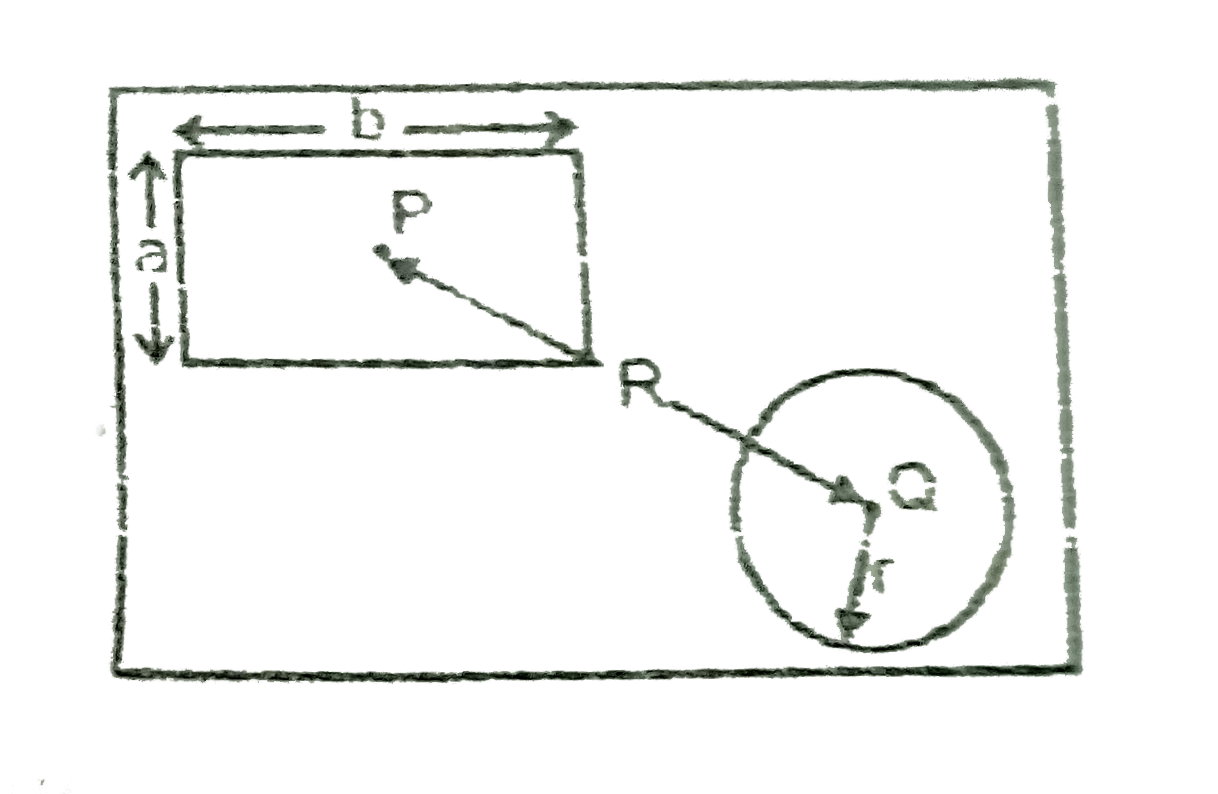
View SolutionGravitational potential at point 'P' due to triangular plate is V0 . Find the gravitational potential due to the given plate at point 'Q' as shown in figure. (both plates are made by same meterial)
View SolutionA parallel-plate capacitor has plates of unequal area . The larger plates is connected to the positive terminal of the battery and the smaller plate to its nagative terminal. Let Q+ and Q-be the charges appearing on the positive and negative plates respectively
View SolutionA parallel plate capacitor has capacitance C. If the charges of the plates are Q and −3Q, find of the
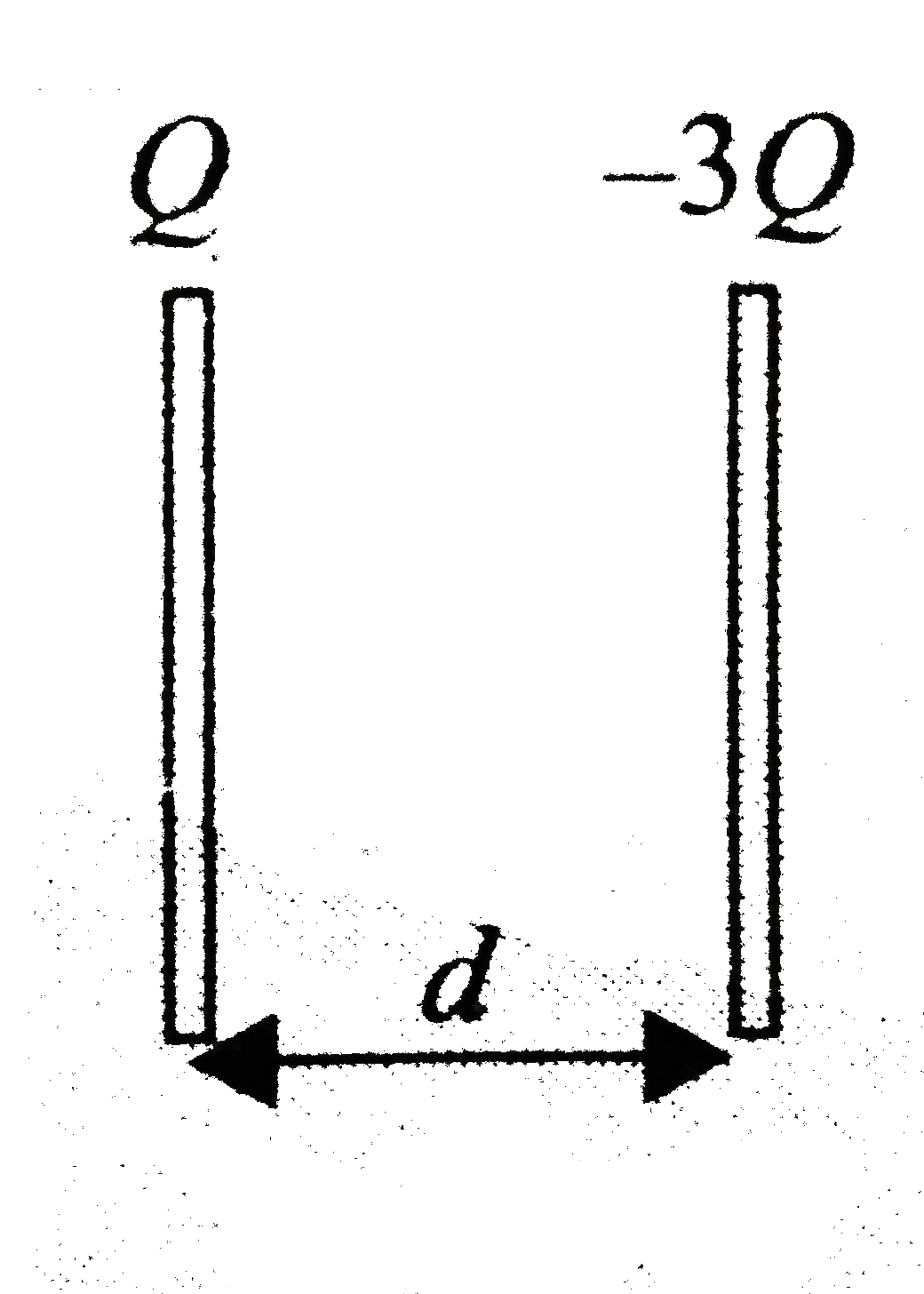
i. charges at the inner surfaces of the plates
ii. Potential difference between the plates
iii. charge flown if the plates are connected
iv. energy lost by the capacitor in (iii.)
v. charge flown if any plate is earthed.
View SolutionTwo parallel plates A and B are joined together to form a compound plate . The thicknesses of the plate are 4.0cm and 2.5cm respectively and the area of cross section is 100cm2 for each plate. The thermal conductivities are KA=200Wm−1C−1 for plate A and KB=400Wm−1C−1 for the plate B. The outer surface of the plate A is maintained at100∘C and the outer surface of the plate B is maintained at 0∘C. Find (a) the rate of heat flow through any cross section, (b) the temperature at the interface and (c) the equivalent thermal conductivity of the compound plate.
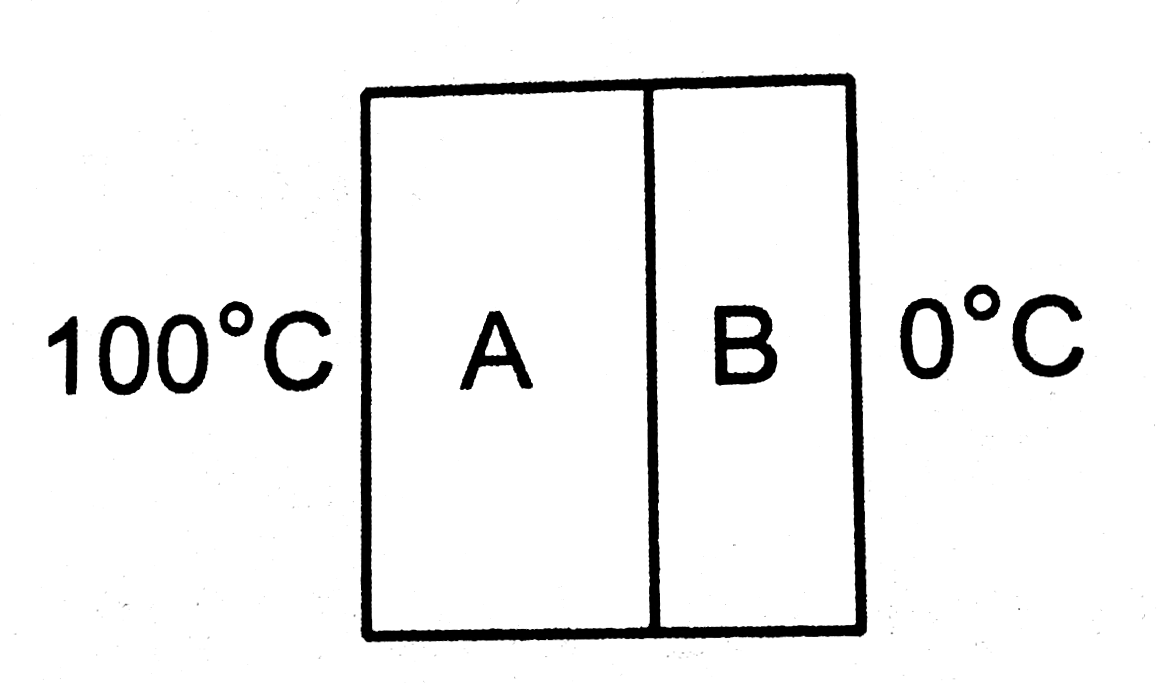
View SolutionTwo plates, each of area A, are placed parallel to each other at a distance d. One plate is connected to a battery of emf E and its negative is earthed. The other plate is also earthed. The charge drawn by plate is
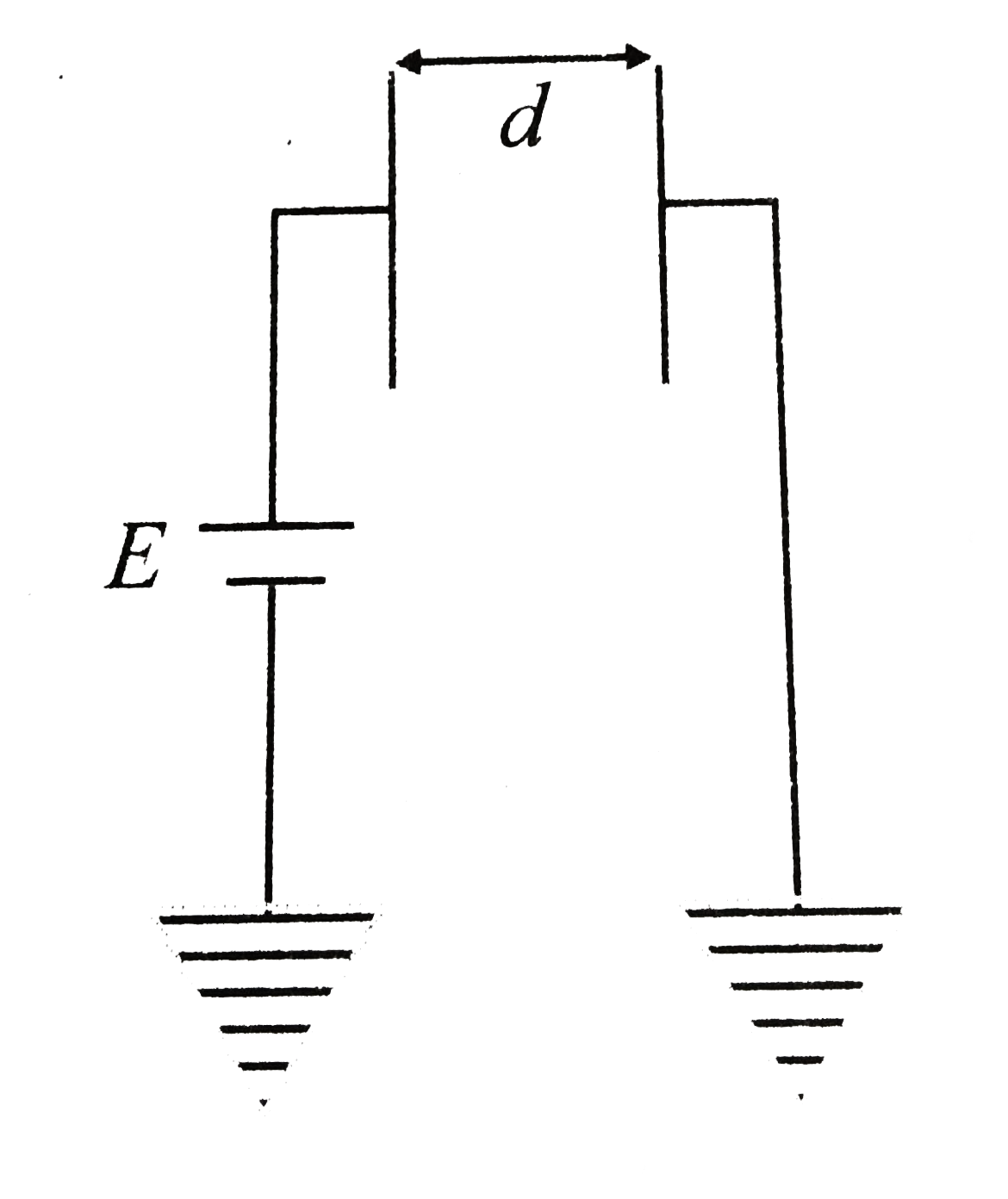
View SolutionEach of two large conducting parallel plates has one sided surface area A. If one of the plates is given a charge Q whereas the other is neutral, then the electric field at a point in between the plates is given by
View SolutionTwo large, thin metal plates are parallel and close to each other. On their faces, the plates have surfaces charge densities of opposite sign and of magnitude .177×10−11 coulomb per square metre. What is electric field
(i) to the left of the plates ?
(ii) to the right of the plates ?
(iii) in between the plates ?
View SolutionA parallel plate air capacitor has capcity C distance of separtion between plates is d and potential difference V is applied between the plates force of attraction between the plates of the parallel plate air capacitor is
View Solution